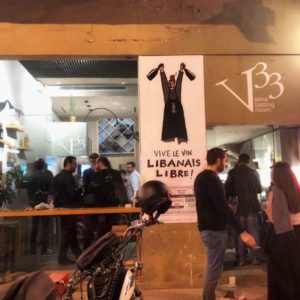
THE STORY
Eid Azar
I am medical doctor, passionate about good authentic food and wine, trained in NYC as an infectious-disease specialist.
I returned to Lebanon in 2007. In 2011, hiking one day on Mount Kneiseh, I was happily surprised by pre-phylloxera wild “Obeidi” grapes surviving years of neglect in decaying terraces. Until the mid-1950’s, that village called Remtanieh had been thriving, planted with grapes on the Damascus road, with east sun exposure and superficial water fed by the melting snow, at a height of 2100m. The site, having survived modernization (i.e., pesticides and tractors), had been abandoned because economically it was not viable.
Excited, I teamed with two great friends, Dr. George Cortas and Mr. Joseph Ghossein, and we started buying lands in the area. In March 2012, while wine-tasting in Vosne-Romanée at the “cave” of Yves Confuron, our discussion naturally led to the possibility of planting Pinot Noir grapes at this cold, high climate of Mount Lebanon. Forty days later, Yves visited the site and became our friend and partner and the journey began.
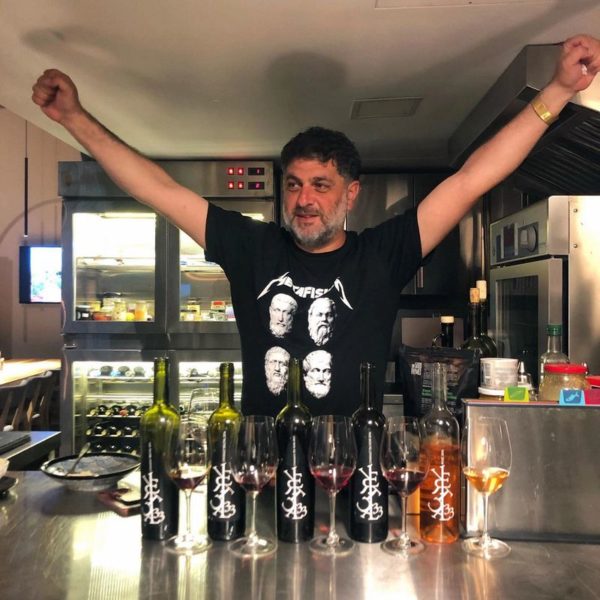
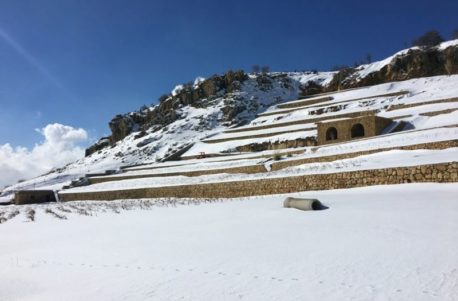
THE RATIONALE FOR MICROCLIMATE IN THE LEBANESE MOUNTAINS
We are located very far south at latitude 33, but Mount Lebanon has compensating altitudes, which makes our mountain a conglomerate of microclimates. A simple example of this diversity: we plant bananas and oranges at coastal levels, pine and olive trees on mid-altitude hills, and there are cedars at the top of the mountains.
This diversity was never taken seriously by our local wine industry. Grape varieties and growing sites were commonly mixed, for example grapes coming from altitudes of 800 m, with west exposure and humid climates were mixed with those coming from 1100 m altitude of the drier continental climate of the Bekaa valley.
Single varieties planted in a specific microclimate grown and fermented in minimalist conditions are mandatory conditions to express a “sense of place”.

THE EXPANSION TO OTHER CLIMATES
Komol village: Obeidi
The grand father of our partner joseph planted this pergola 100 year ago, in Komol village at 1100 m altitude. The fruit was superb; we couldn’t resist fermenting this indigenous “Cepage” of Lebanon. We harvest the grapes typically toward the end of October. It is full-flavored with a distinctive profile.
Kefraya Village: Cinsault – Carignan – Grenache
At least since the mid 1800s till recently, Cinsault and other Mediterranean varieties were widely planted in Mount Lebanon. In the early 80’s we started to experience the Cabernet and later the Syrah fever. Old vines were replaced, luckily some plots survived especially at the village of Kefraya, at the foothills of Mount Barouk. Its climate is special because it is a hilly slope, with reserves of water coming from the mountain behind it and its maturity results from the sun rising in the east. The vineyard overlooks the west Bekaa plain, with an altitude ranging from 930-1050 m.
The villagers own most of these plots; we created a special and fair agreement with them whereby they are paid a fixed sum regardless of weather conditions and yield. Our well-trained team did all the land work. We proved this to be the only fair way to preserve this old heritage.
The Cinsault
Two plots: one located in mid slope (Soir), the other on the top of the hill (Brutal), a 5 minute walk between the 2 sites.
Both plots were treated in the same manner, with yields not exceeding 20-25 hectoliter, and without the use of any pesticide or herbicide. Only sulfite and copper are used until the end of June.
After that, the sun, the west wind and the minimal sea humidity, all merge together at the slopes of mount Barouk which culminates with the maturation cycle to reach its peak. The surprise was, after the same exact fermentation and aging, they came out as 2 completely different wines.
So, they were bottled as “Cinsault du Soir” and “Cinsault Brutal”.
The Carignan
Planted in the same east slopes of Barouk at Kefraya village at 930 m altitude this plot of 0.8 hectares of old Carignan vines, treated and fermented like the Cinsault, produced a very distinctive profile of the Carignan grape variety.
The Grenache
After multiple trials, we came to the conclusion that the best expression of Grenache was in a Rosé, combined with Cinsault. The result is a complete wine, with a distinctive personality far from the watery, light, acidic Rosé.
Zahle: Cabernet Sauvignon
At 1400m altitude, this vineyard is only 15 years old, planted on terraces overlooking the city of Zahlé. Acquired in 2017, it is a very promising site for a mature “Cabernet”.
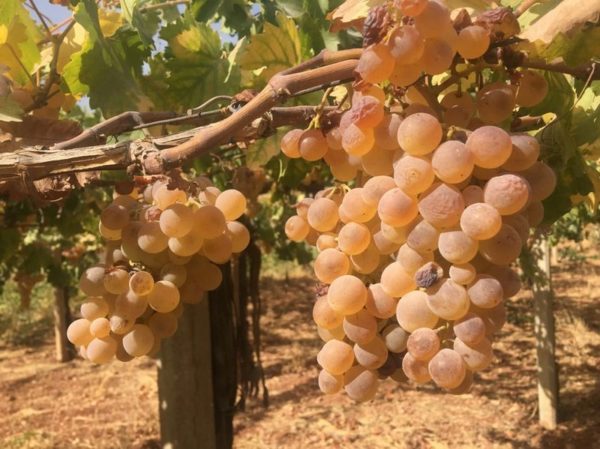
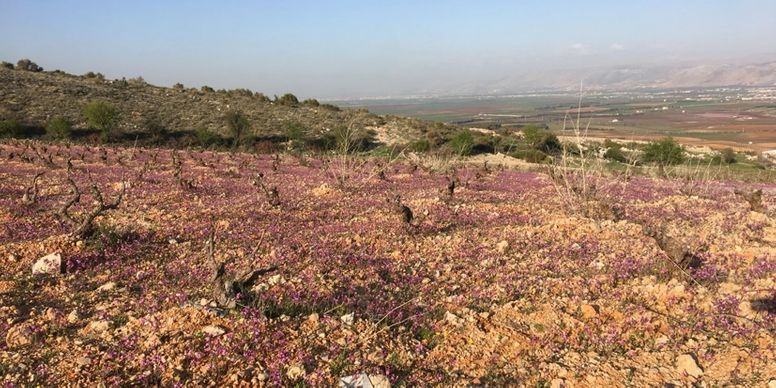
Cinsault Brutal
Red clay – well drained soil
Hill top at 1050 m altitude

Cinsault du Soir
Brown clay – richer soil (the 2 pictures of Cinsault plots were taken at the same day, March 29, 2017)
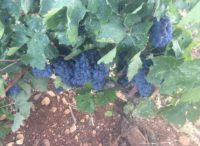
Carignan
The maturity of the fruit and elegance of the structure of this Carignan is remarkable
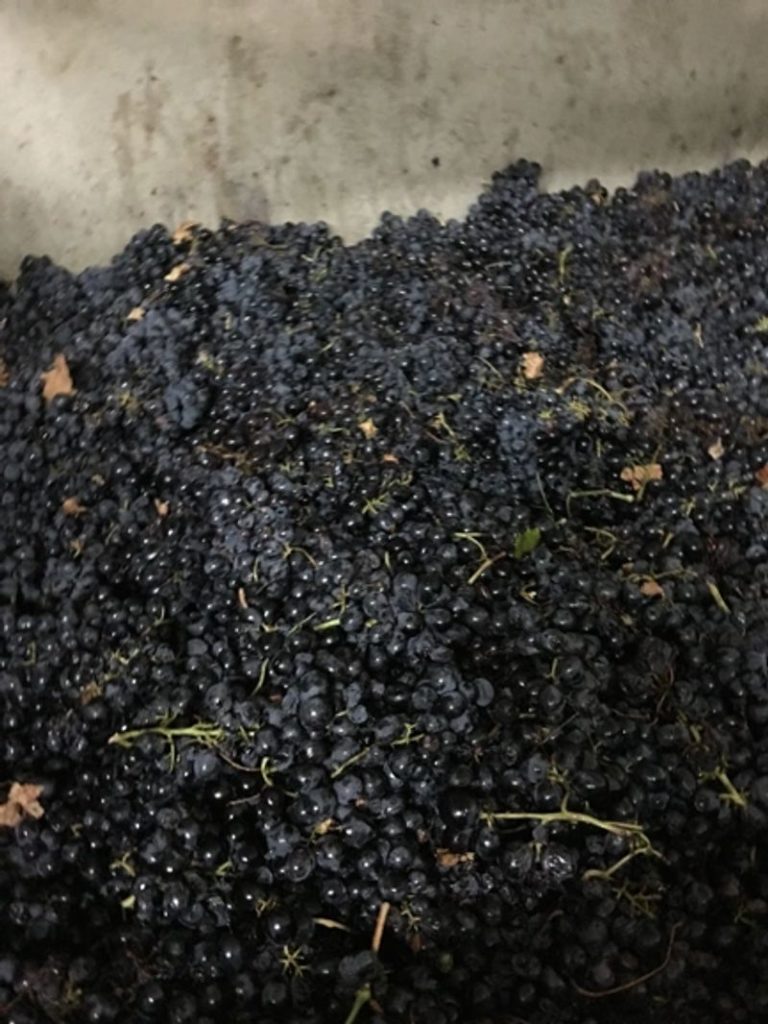
THE FERMENTATION AND AGING PRINCIPLES
We are “minimalist” at the winery.
Fruit at peak maturity is hand harvested and fermented as whole bunch in cement tank with a indigenous yeast followed by a long maceration,
The whole process takes between 3-5 weeks.
No additives are used, just a minimal amount of sulfites.
Aging for 2 years in cement and stainless.
Bottled with no filtration.
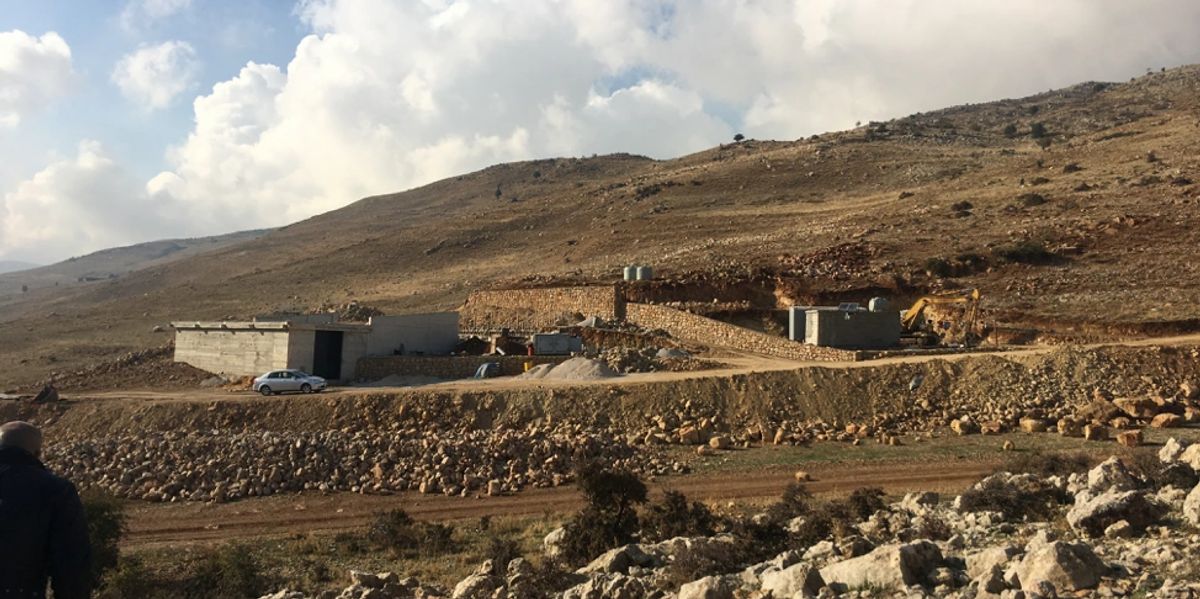
Our new winery: under construction. At 1400m alt. 3 levels gravity flow.

We will ferment 2019 vintage at this new site
THE INTEREST IN OTHER TERROIR PRODUCTS
The climates of our mountain are also ideal to grow the best organic greens, tomatoes, berries … They are also ideal to raise farm animals like Lebanese chicken for their wonderful eggs , indigenous goats for their milk and ultimately to produce an aged local cheese “Ambariz “ or to farm Trout fish in a mountain lake fed by the melting snow water…
We believe this will enrich our knowledge of The Lebanese microclimate and terroir.
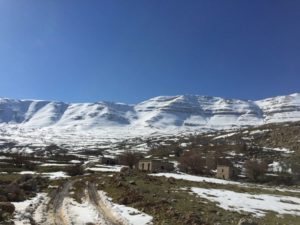
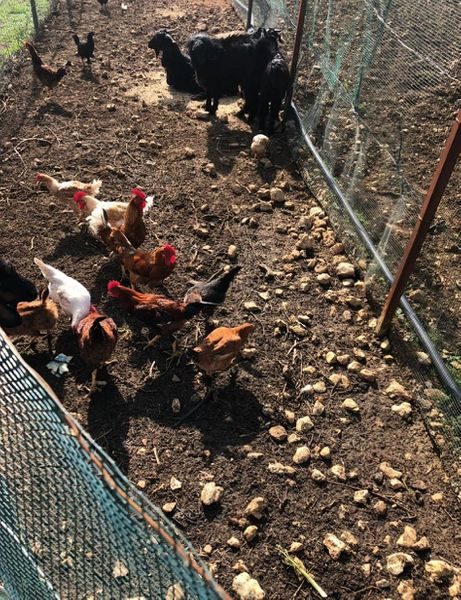
Chicken and Goats enjoying the great sun
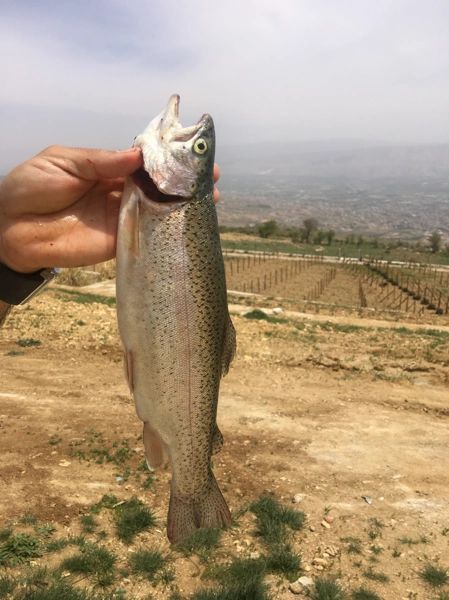
Highlander Trout
THE MARKET EXPANSION
We are presently expanding now on the local market via a tasting room that we opened recently in Gemayze Main Street, Beirut.
The wine is paired mostly with local terroir produce.
We are present and expanding into many good restaurants.
Hopefully by the end year we will have some of our production shipped to Vosne-Romanée, Burgundy, France and distribute from there to Europe and other countries.
We are looking into positioning our products with importers who share our vision and philosophy.
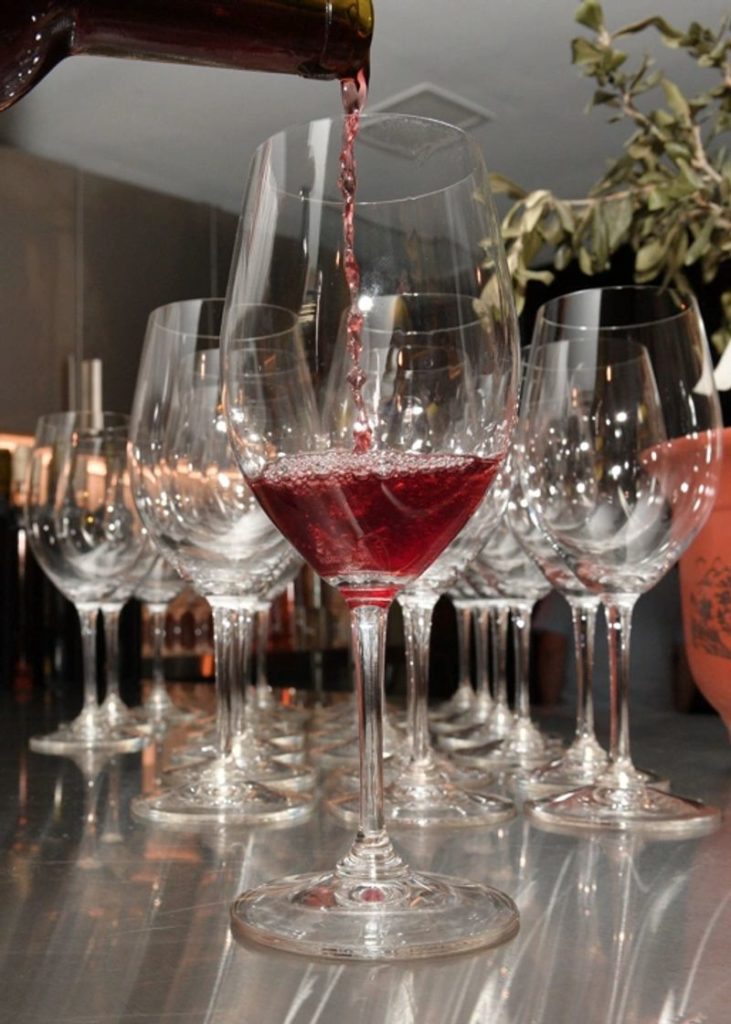
OUR MISSION AND VISION
We see our operation as a mission to save and revive the microclimatic diversity of Mount Lebanon.
These mountains with variable altitudes, the Mediterranean Sea, the humid west wind, an omnipresent sun and a myriad of other factors enrich our “terroir “ that should be expressed authentically and ethically in a product that respect the “ sense of place” and not the crushing globalization of flavors.
